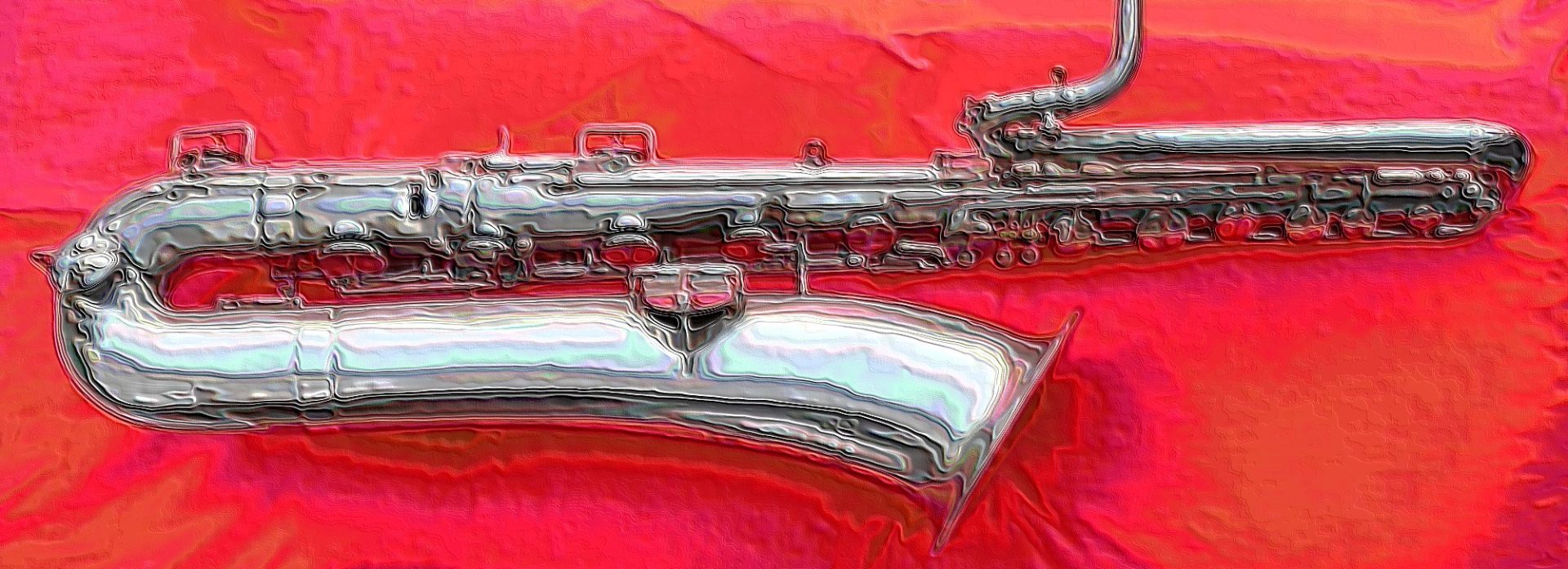In a number of the on-line saxophone forums, there have discussions about the quality of new horns. Many forum members have discussed the deficiencies that new saxes have, and have openly questioned whether or not these instruments will have the longevity that we see in the vintage horns of today.
I came across a very interesting article in The Australian, written by David Burchell, that discussed vintage saxophones in relation to the new Asian-made horns.
On March 2, 2009, in the article titled, Quality brands sound the retreat, Burchell makes a rather compelling argument. He uses the example of his Martin Handcraft, vis-à-vis the current crop of Chinese saxophones, as a metaphor for the overall decline in quality of consumer goods.
The article really should make us sit back and think…
The ancient alto saxophone I bother our neighbours with was built by the Martin Band Instrument Company in Elkhart, Indiana, back in the 1920s. My model is engraved with the name Handcraft in an elaborate curlicue of floral motifs; others were engraved with the name of the worker who hand-moulded the saxophone body. The complicated art-deco mechanism of brass rods and pivots was likened by a technician to one of those fantastic Heath Robinson drawings. But when it’s set up properly and treated with respect, the horn fairly sings. It can bring tears to your eyes.
Elkhart is a modest-sized industrial town 100km or so from Chicago. Nowadays it’s a favourite case study in gloomy US television news reports on the vertiginous decline of the country’s industrial base. But for a century, from the 1870s, Elkhart was the world centre for the manufacture of brass musical instruments and firms such as Conn, Buescher and the Martin Band Instrument Company sent out thousands of instruments like mine to marching bands and early-jazz orchestras across the globe.
Facing cost pressures, in the 1970s the American band instrument companies relocated production to Mexico. At the same time ingenious Japanese firms, using early techniques in computer-aided design, introduced instruments that were well-constructed and well-priced. Yamaha saxophones are like the Toyota Corolla or the Honda Civic: they’re reliable, built like tanks and without obvious vices. But, truth be told, they don’t sing. Wander down to your local music store in 2009, though, and the instrument that’ll be pressed into your hand most likely isn’t from Japan, or even Mexico. Rather, it’ll be a cunningly designed copy of one of the old American marques, albeit with wafer-thin brass and a mechanism that feels as if it’s been constructed out of plastic drinking straws. And of course it will have been made in an industrial town on the coastal strip of the People’s Republic of China.
Here’s where my nostalgic little parable meets the world we’re confronted with now. When we mourn the passing of what we like to call “iconic” Australian brands, such as Bonds, King Gee, Berlei and Dunlop, as if these were dear old friends who’ve suddenly passed away in their sleep, surely we’re missing the point. There’s little purpose in grieving the loss of a mere label, or even some run-down factory in a part of town we would never visit (and where we’d never want our own kids to work). Indeed, in better times we should hope and expect that those 2000 displaced workers would find a job with equal dignity and considerably better pay elsewhere.
If we should be mourning anything, it should be the loss of the singing saxophone. Or, to put it more prosaically, we should be ruing the loss, in the helter-skelter development of the global marketplace over the past 20 years, of historically developed specific skills and expertise. And their replacement with bland and unconvincing imitations of that same expertise, too often slapped together by teenagers with little interest in their work, and little incentive to take an interest in it.
We should be ruing electrical goods that die after 12 months, plastic goods whose edges never met cleanly, or wool-blend trousers whose backsides never fitted any living human being. In short, we should be ruing a global economy that has barely begun to shake itself out of its chaotic infancy and of the innumerable foolish mistakes and compromises that have been made along the way.
Yet, while it’s convenient for us to blame someone else for this – heartless practitioners of the dismal science, back-office bean counters, over-priced senior managers – the truth is we have no one to blame but ourselves. For the people who loudly feign anger at the demise of Pacific Brands are exactly the same people who like to crow that they never pay more than $15 for a pair of shorts, or who shell out $100 for a semi-plausible wedding tux, or who slap down $40 for a no-name DVD player with the vague intention of buying a better one next year. If you buy rubbish on principle, it’s hardly surprising manufacturers will conclude that you’ll be wanting to purchase your court shoes from hastily erected galvanised-iron premises in the migrant quarter of Shenzhen or Dongguan. Or that this orgy of low-price, inflation-free bargain-hunting should go on forever, in perpetuity.
Japanese industry, in its great postwar lunge towards the West, moved from the bargain basement to world quality in a mere couple of decades. Yet, 20 years on, the great bulk of Chinese manufacturing still remains in its paleolithic stage: there is little clustering or specialisation, and few specific skills. In large measure we have our persistently tight-fisted consumer preferences to thank for this…
So don’t weep for those familiar brand names, or that kitschy-chic fellow with the biceps and the Brylcreemed hair. Instead, mourn the loss of shorts whose flies zip up correctly; singlets that don’t sag; bras that don’t pinch. Mourn the singing saxophone.
A Martin Handcraft singing.



